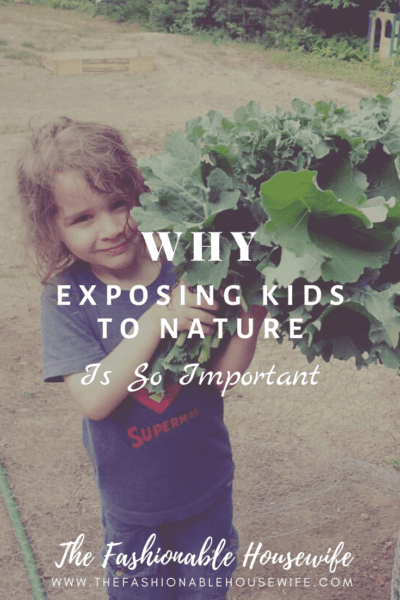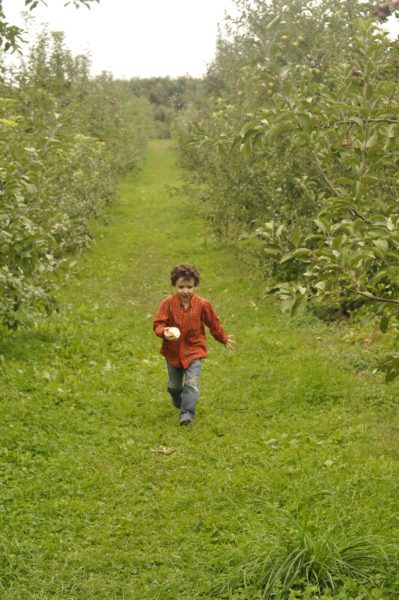
We live in such different times; further away from our inclinations towards the natural world and all the health, wellness and environmental benefits that a close connection with nature can provide. Sadly, this opposition to a stronger relationship with Mother Nature doesn’t just affect us adults but our children and future generations.
We are still learning about how being more immersed in nature can benefit our health and the evidence is overwhelmingly positive. With the increase of technology and phone usage, our children are more obese and disconnected from meaningful relationships with their peers and outside activities like homesteading. Children are more disconnected from the natural world than ever before.
In this article, we look at a few ways that getting our kids closer to nature can help them to lead happier, healthier lives, and perhaps even help to save the planet.
We’ve never spent less time outside
It’s a sad fact that we spend more than 90% of our lives indoors, isolated from the natural world, moreover, we are increasingly spending too much of that time sitting down and investing around eight hours a day staring at screens; it’s no wonder that children are suffering as a result. The problem with too much screen time is that it is time not spent outside, exploring the world and playing with friends. That peer-to-peer time is critical for learning about how to develop robust, meaningful and long-lasting, supportive friendships. Video game networks and social media-based ‘friendships’ do not carry the same benefits.
Unfortunately, the incumbent, inside lifestyle is not only putting our children at a disadvantage in terms of relationship skills (critical for a happy adult life) but also in terms of confidence amongst their peers, problem-solving skills, physical fitness, and general health and wellbeing. Childhood obesity rates in the United States are around 19% which is almost 14 million children classified as obese; some even showing signs of childhood, Type 2 Diabetes. With a little more time spent outside, with friends, many of these trends can be halted and reversed.

The solution seems to be a dualistic approach at home and at school; more focus on outside activities, creating an inviting backyard space, and helping them desire to spend time in the natural world can have a significant impact on children’s health and wellbeing. Educational curriculums can support this by including forest school sessions, taking lessons outside into green spaces, making the natural world more engaging and interactive with school wildlife incursions, trips to wildlife sanctuaries, woodland environments, and environmental centers can all help to educate children on the importance of a stronger connection with the natural world and give them the decision-making skills to make better choices for themselves, for the planet and for animal welfare as they grow into young adults.

Time outside is a prescription for health
The evidence for spending more time outside being a recipe for better health both mentally and physically is staggering. In adults, we’re seeing time in nature helps to reduce blood pressure, lower stress, improve energy levels and boost the immune system. The sooner we can guide our children away from screens and outside into the natural world, the happier and healthier they are going to be.



